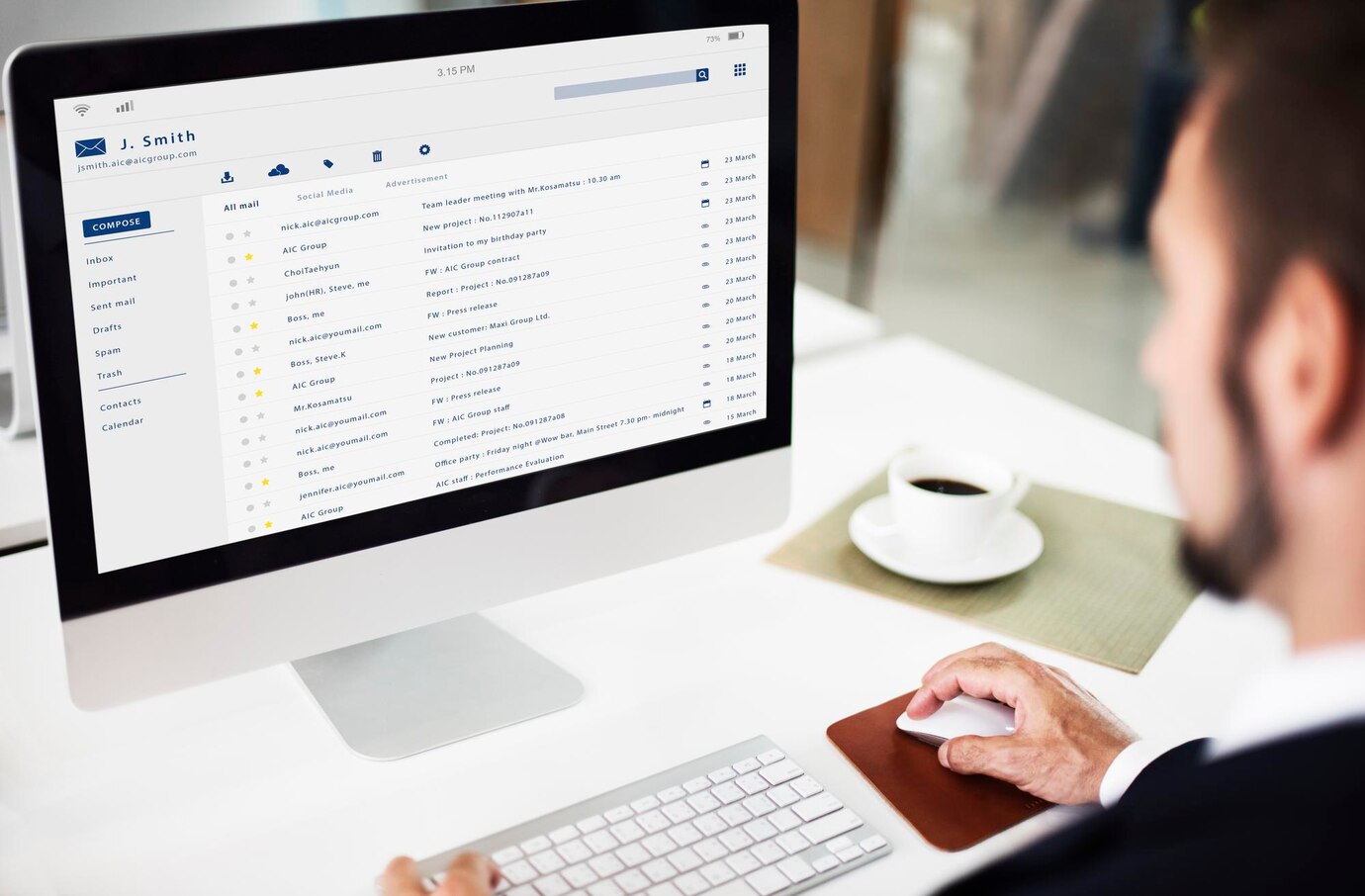As a freelancer or contractor, invoicing is a crucial aspect of your work, necessitating a strong, effective email to ensure prompt payment. The manner in which you compose these emails can significantly influence your payment timelines.
This article aims to guide you in crafting compelling invoice emails, highlighting essential components for successful invoice communication. We will also present three easy-to-use invoice email templates to streamline your payment process.
Understanding the Invoice Email
An invoice email is an email sent to your client, which encompasses an invoice for the services or goods provided by you. The primary purpose of an invoice email is to facilitate the payment process by outlining the details of the work completed.
The key to drafting an effective invoice email is to make it clear, succinct, and easy for your client to comprehend. It should also encompass all the critical details pertaining to the job executed and the payment specifics.
While creating an invoice email, make sure to include these components:
- Your name and contact details.
- The client’s or customer’s name and contact details.
- A comprehensive description of the completed work.
- The total amount due.
- The due date for the invoice.
- The invoice number (if applicable).
- Your payment terms and procedures.
- A link to the online invoice or a PDF attachment.
Crafting a Powerful Invoice Email
When sending an invoice via email, certain steps are crucial to ensure clarity about the payment details and method. Here are important tips:
Personalize Your Invoice Email
Addressing the client by name adds a personal touch to your email, making it stand out among other automated messages. This can be further enhanced by:
- Mentioning the project’s name and details.
- Providing a link to a folder containing previous invoices or payment history.
- Including a thank-you note for their business.
Write a Clear Subject Line
The subject line should be succinct, indicating that it’s an invoice. Here are a few examples:
- INVOICE: [Your Name] – [Date]
- Invoice # [123456]: [Your Name] – [Project Name]
- Payment Requested: [Your Name] – [Project Name]
- [Your Name]: Invoice for [Date]
State the Due Amount and Due Date
Be explicit about the total due amount and the payment deadline to avoid confusion, ensuring timely payments. This can be included in the body of your email or as an attachment.
Use Simple Language
Use easy-to-understand language, avoid unfamiliar terminologies, and explain abbreviations if used. It’s crucial to proofread your email for any spelling or grammar errors, which can project an unprofessional image and cause confusion.
Attach the Invoice in Different Ways
Attach the invoice and provide a link to the online invoice, offering the client flexibility in viewing and saving the invoice. This is especially useful if they’re pressed for time or prefer online access.
Facilitate Easy Payment
Include all necessary payment details, methods you accept, and any deadlines or late fees. Including a link to your online payment portal or a button for credit card payments makes it easier for the client, increasing the likelihood of prompt payment.
Leverage a Professional Invoice Template
A professional template not only saves time but also ensures you don’t miss any crucial information. It also provides a polished, professional look that builds trust with your client, thereby encouraging on-time payments.
Other Tips
Alongside these guidelines, remember to include a thank-you note, follow-up if payment is late, and double-check invoice details for accuracy. Consider an invoicing and payment service if tracking and sending invoices becomes too time-consuming.
Dealing with Follow-ups and Unresolved Invoices
Securing timely payments can sometimes be a challenging task. However, certain strategies can streamline this process. If a payment is not received several days past the due date, consider reaching out to your client to offer assistance with the invoice. If there is no response, a follow-up email or phone call may be necessary. In cases where the invoice continues to be unpaid, additional measures may be needed, which could include hiring a collection agency or taking legal action.
Maintaining Professionalism in Follow-up Emails
When inquiring about an unpaid invoice via email, it’s essential to maintain a courteous and professional tone to prevent any miscommunication or disagreements. Here are several tips for composing a follow-up email:
- Be concise and clear.
- Avoid an authoritative or threatening tone.
- Highlight any potential late fees or interest.
- Propose payment options or installment plans.
- Include a link to the online invoice.
Navigating the Landscape of Invoice Emails
The process of sending and receiving invoice emails can seem complicated at first, but with time and practice, it becomes manageable. Always remember to stay professional, courteous, and patient during the process.
Conclusion
Crafting the perfect invoice email demands clarity, simplicity, and personalization. While it may seem like a daunting task initially, leveraging a professional invoice template can significantly streamline the process.
These templates, which are often available for quick and easy invoice sample download, ensure you don’t miss any crucial details while providing a polished, professional look that builds trust with your client. Remember, the ultimate goal of your invoice email should be to facilitate a smooth payment process, leading to prompt payments and sustained client relationships.

